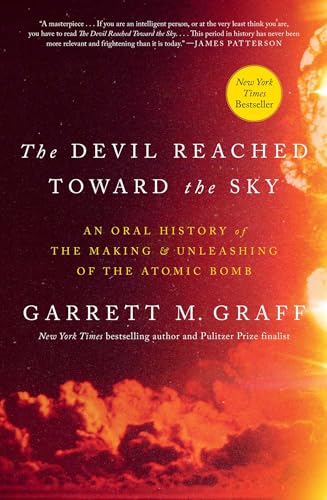
FDR and the Soviet Union
by Mary E. Glantz
"The President's Battles Over Foreign Policy"
Popularity
3.23 / 5
* A book's popularity is determined by how it compares to all other books on this website.
Where to buy?
Buy from Amazon* If you buy this book through the link above, we may receive a small commission at no extra cost to you.
FDR and the Soviet Union by Mary E. Glantz
Details
War:
World War II
Perspective:
Researcher
True Story:
Yes
Biography:
No
Region:
Europe
Page Count:
272
Published Date:
2005
ISBN13:
9780700613656
Description
Brief Summary
"FDR and the Soviet Union" by Mary E. Glantz delves into the complex relationship between the United States and the Soviet Union during Franklin D. Roosevelt's presidency. The book explores Roosevelt's attempts to forge a positive alliance with the Soviet Union, recognizing its crucial role in the defeat of the Axis powers in World War II. Despite Roosevelt's efforts, he faced substantial opposition from lower-level U.S. officials who were skeptical of Stalin's intentions. Glantz investigates the bureaucratic tensions and policy struggles that emerged as these officials challenged and shaped the foreign policy of the United States, ultimately influencing the onset of the Cold War.
Main Themes and Topics
One of the primary themes in Glantz's book is the tension between Roosevelt's aspirations for a cooperative relationship with Stalin's Soviet Union and the resistance he faced from career diplomats and military officials within his administration. Despite his attempts to appoint ambassadors and reorganize federal offices to align with his vision, Roosevelt struggled against deeply ingrained anti-Soviet sentiments. The book sheds light on the significant influence wielded by individuals like Ambassadors Joseph Davies and Averell Harriman, as well as military attaché Phillip Faymonville, whose understanding of the Soviet system played a crucial role in policy formulation.
Another important topic in "FDR and the Soviet Union" is the bureaucratic politics that significantly impacted U.S. wartime relations with Moscow. Glantz provides an insightful examination of how internal disagreements within government ranks limited Roosevelt's ability to fully implement his diplomatic strategies. This book contributes to the understanding of civil-military relations and how ideological divisions within a country can shape international relations, ultimately leading to the Cold War.
Writing Style and Tone
Mary E. Glantz combines meticulous research with a clear and engaging writing style that makes complex historical events and diplomatic interactions accessible to readers. Her narrative weaves together military and diplomatic history, providing a cohesive account of the nuanced dynamics between the United States and the Soviet Union. The tone is analytical and informative, reflecting Glantz's goal of unraveling the intricate web of foreign policy and bureaucratic influence during a critical period in history.
Criticism
Some readers might find that "FDR and the Soviet Union" leans heavily on bureaucratic and diplomatic jargon, which could be overwhelming for those not well-versed in political history. Additionally, the focus on bureaucratic politics may not appeal to everyone, as it necessitates a deeper engagement with the intricate details of policy-making processes. However, for readers interested in understanding the underlying causes of the Cold War and the complexities of U.S.-Soviet relations, this book provides a valuable and thorough exploration.









